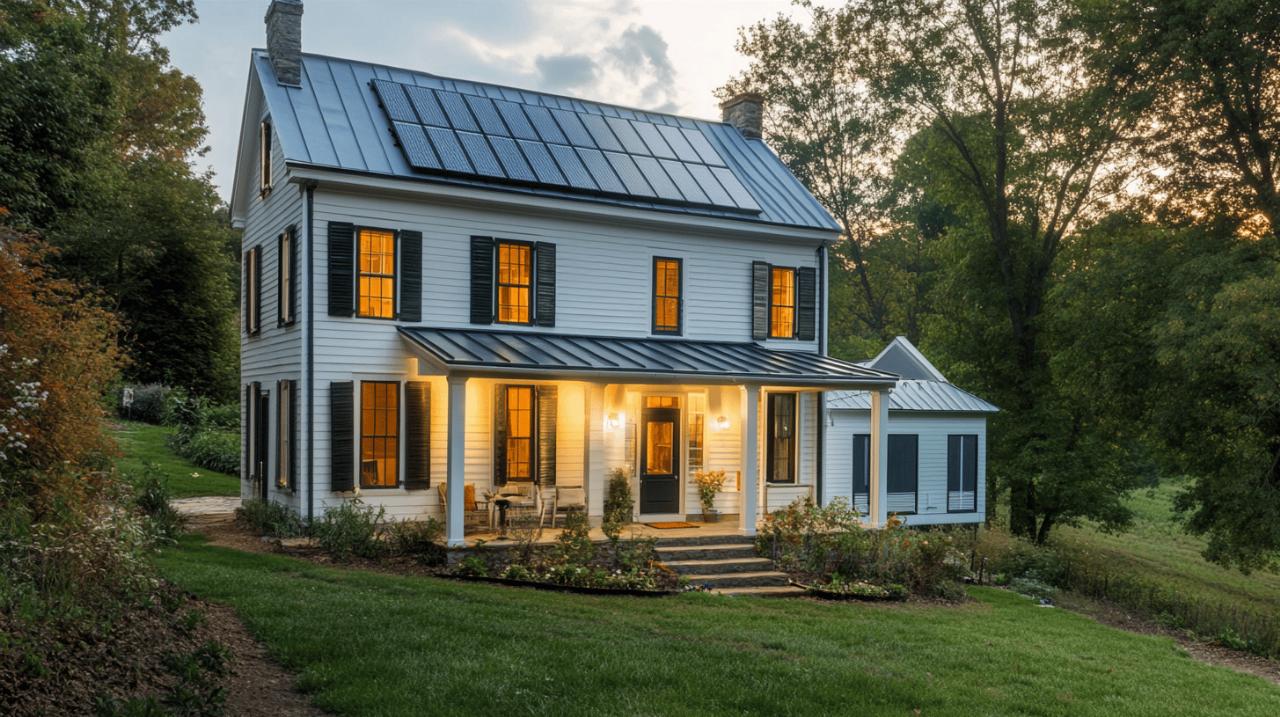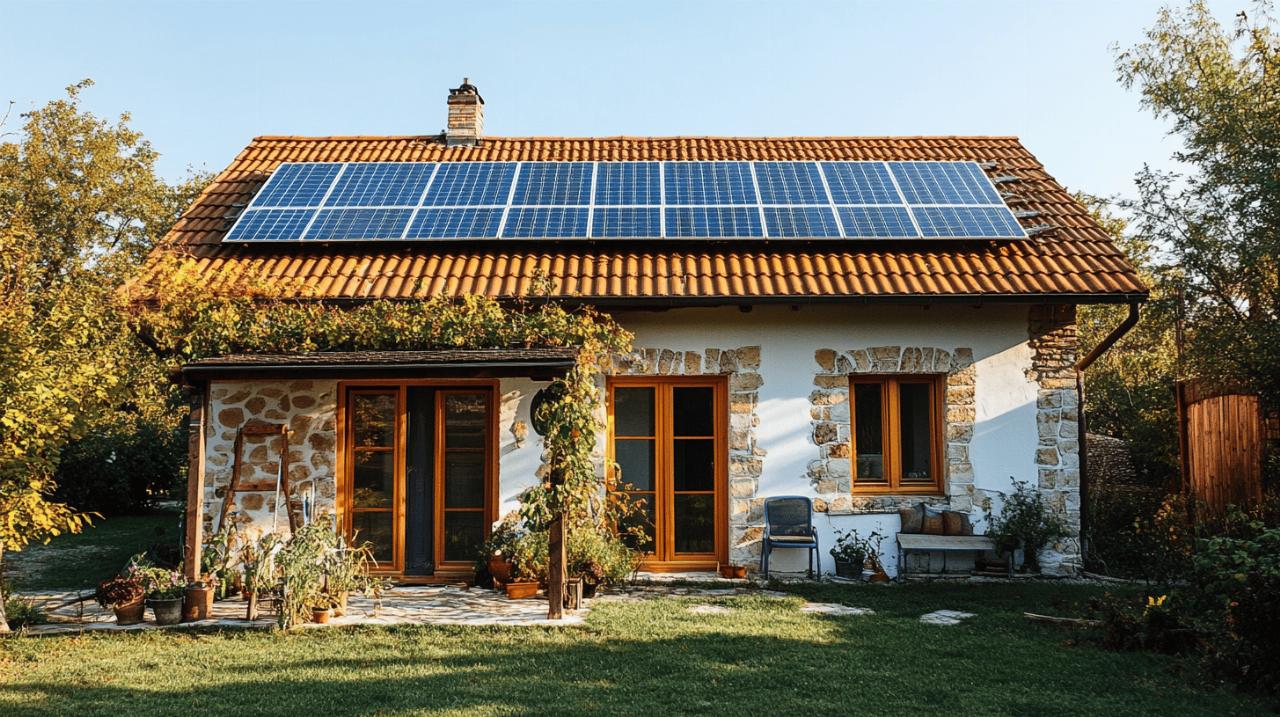Making your home more energy-efficient is not only good for the environment but can also significantly reduce your household bills. With rising energy costs and growing environmental concerns, sustainable living has become more important than ever for UK homeowners. Implementing energy-efficient improvements can dramatically decrease your carbon footprint while increasing the comfort and value of your property. Let’s explore some practical solutions to transform your living space into an eco-friendly haven.
Insulation and draught-proofing solutions
One of the most effective ways to improve your home’s energy efficiency is through proper insulation and draught-proofing. These improvements prevent heat from escaping during winter and keep your home cooler in summer. According to experts at https://www.kamerolli.it/, investing in quality insulation is among the highest-return sustainable improvements homeowners can make, with benefits lasting for decades.
Loft and cavity wall insulation benefits
Loft insulation is a remarkably cost-effective energy-saving measure. Increasing your roof insulation from 120mm to at least 270mm can save approximately £20 per year in Great Britain and £25 per year in Northern Ireland. The impact of cavity wall insulation is even more substantial, with potential savings of about £240 annually in GB and £270 in NI. These improvements help maintain a consistent temperature throughout your home, reducing the need for additional heating or cooling.
Sealing windows and doors to prevent heat loss
Draught-proofing is another simple yet highly effective energy-saving measure. Professional draught-proofing costs around £250 but can save £85 per year in Great Britain and £95 per year in Northern Ireland. For more significant improvements, upgrading to A-rated double glazing in a semi-detached gas-heated property can save approximately £140 annually in GB and £160 in NI. These upgrades not only reduce energy consumption but also create a more comfortable living environment by eliminating cold spots and draughts throughout your home.
Energy-saving lighting and appliances
Beyond structural improvements, the appliances and lighting you choose can have a substantial impact on your home’s energy efficiency. Modern, energy-efficient alternatives can significantly reduce your electricity consumption and carbon dioxide emissions while providing the same or better functionality than their older counterparts. 
LED lighting options and smart controls
Lighting represents a significant portion of household energy use, making it an important area for improvement. Replacing all traditional bulbs with LEDs can reduce carbon dioxide emissions by 35kg annually and save about £45 per year in Great Britain and £50 per year in Northern Ireland. LED bulbs use up to 90% less energy than traditional incandescent bulbs and last much longer, reducing replacement costs. Smart lighting controls that adjust brightness based on natural light levels or turn off lights in unoccupied rooms can further enhance these savings.
Choosing A-rated appliances for reduced consumption
When replacing household appliances, selecting models with high energy-efficiency ratings can lead to substantial long-term savings. The UK energy rating system makes it easy to identify the most efficient options, with A-rated appliances being the most energy-efficient. Additionally, small behavioural changes can multiply these savings. For instance, laptops use 85% less electricity than desktop PCs, and turning off appliances rather than leaving them on standby can save approximately £45 per year in GB and £55 per year in NI. The Green Deal scheme, available to households with an electricity meter in England, Scotland, or Wales, can help finance these energy-efficient improvements, making sustainable living more accessible to everyone.




